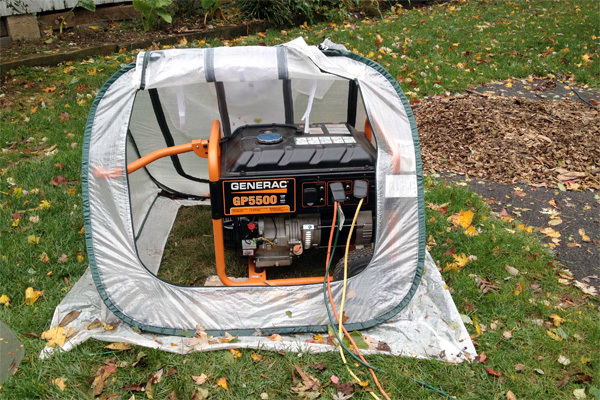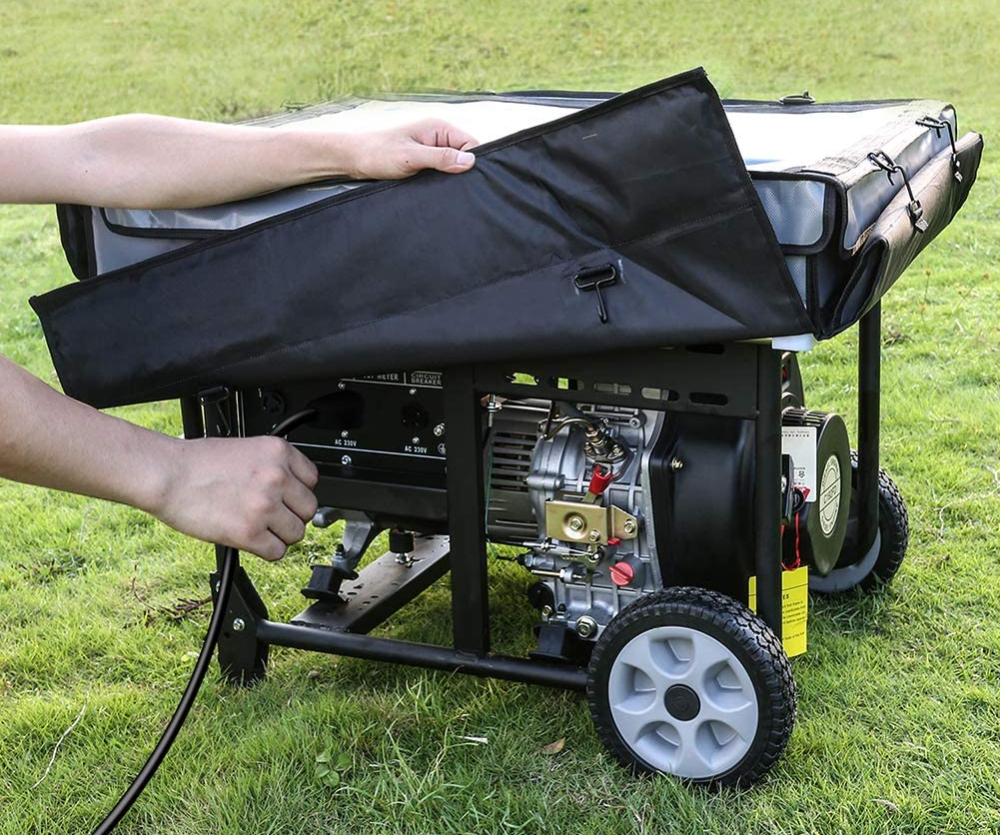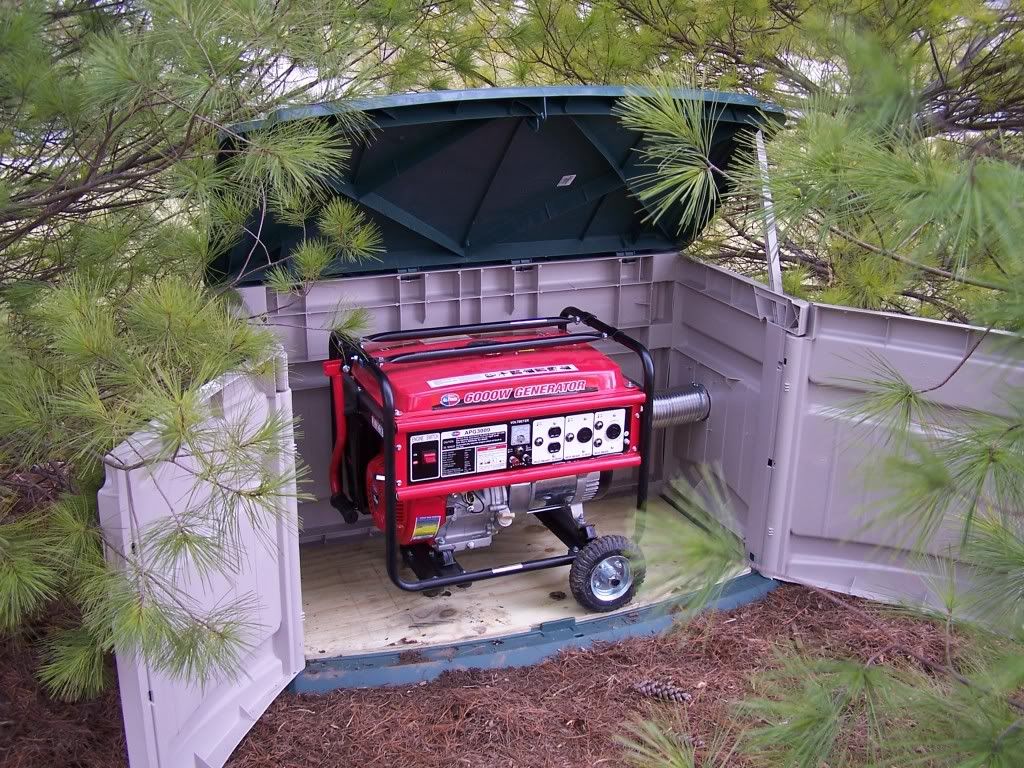Generators are quite helpful, especially in emergencies when there is a power cut. You can use them as a backup after a storm. However, it is not safe to use generators in the rain or snow. Doing so could result in electrocution or an explosion, permanently damaging the machines.
This could become a real problem. More so, if you are out camping and need light during the night or want to cook food. So, how can you safely use your generator in these situations? Below you may find various ways to protect your generator from wet weather, rain, or snow.
How to Use a Generator in the Rain?
It is important to protect your generator from rain or moisture to avoid any disasters, such as an explosion or permanent damage. So, here are some options available for you to prevent your generator from severe damage:
Buy a Special Cover
 A special cover is the best way to protect your generator and keep it in good working conditions. The cover works as a tent. It conceals all the sensitive areas that may cause a problem when in contact with water. It makes these areas waterproof so that water cannot get inside the outlets.
A special cover is the best way to protect your generator and keep it in good working conditions. The cover works as a tent. It conceals all the sensitive areas that may cause a problem when in contact with water. It makes these areas waterproof so that water cannot get inside the outlets.
A special cover is easy to install and portable, allowing you to transport it from one location to another. Some covers maintain proper airflow to prevent the generator from overheating. If you buy a robust and durable cover, you will be able to use your generator during heavy winds, storms, and even hurricanes.
Steel Enclosures
Steel enclosures are more expensive than covers, but they keep your generator in a much safer condition. You may have to call a professional to install the steel enclosure at your home. These enclosures cover all sides of the generator and prevent overheating.
Some steel enclosures come equipped with exhaust holes – either on the sides or the surface – that let out the CO emissions.
The downside of these enclosures is that they are not portable. You cannot take them out for camping or any other activity.
Build Your Own Enclosure
 A cheaper way to protect your generator from rain is to build your own enclosure. Especially if the case is that a cover or a steel enclosure is going to be out of your budget. You can find hundreds of tutorials on how to make generator enclosures at home. Here are some materials you might need for this DIY project:
A cheaper way to protect your generator from rain is to build your own enclosure. Especially if the case is that a cover or a steel enclosure is going to be out of your budget. You can find hundreds of tutorials on how to make generator enclosures at home. Here are some materials you might need for this DIY project:
- Aluminum sheet
- Carpentry pencil
- Sealant caulk
- Measuring tape
- Jigsaw
- Louvered vents
- Plywood
- Railing bars
- A few screws
Once you have all these items, follow the instructions in the tutorial you chose, and your enclosure will be ready in no time.
Plastic Sheds
If you have a large-sized generator, plastic sheds are one of the best solutions to the rain problem. These might be expensive but are more sturdy and durable than a cover or steel enclosure.
However, the plastic could melt if the generator overheats, and you might get hurt if you touch it. So, be careful when you are buying a plastic shed for your generator.
Conclusion
With the options mention above, you can keep your generator in good working condition for years. But the first step is to buy a high-quality generator that fits your requirements as well as your budget. Look for all the options available, compare their features and then decide which one is best for you.
Modern portable generators come with Ground Fault Circuit Interrupter (GFCI) that automatically turns off the engine when the outlets get wet. So, you can buy these if you often go camping with your friends or family.
